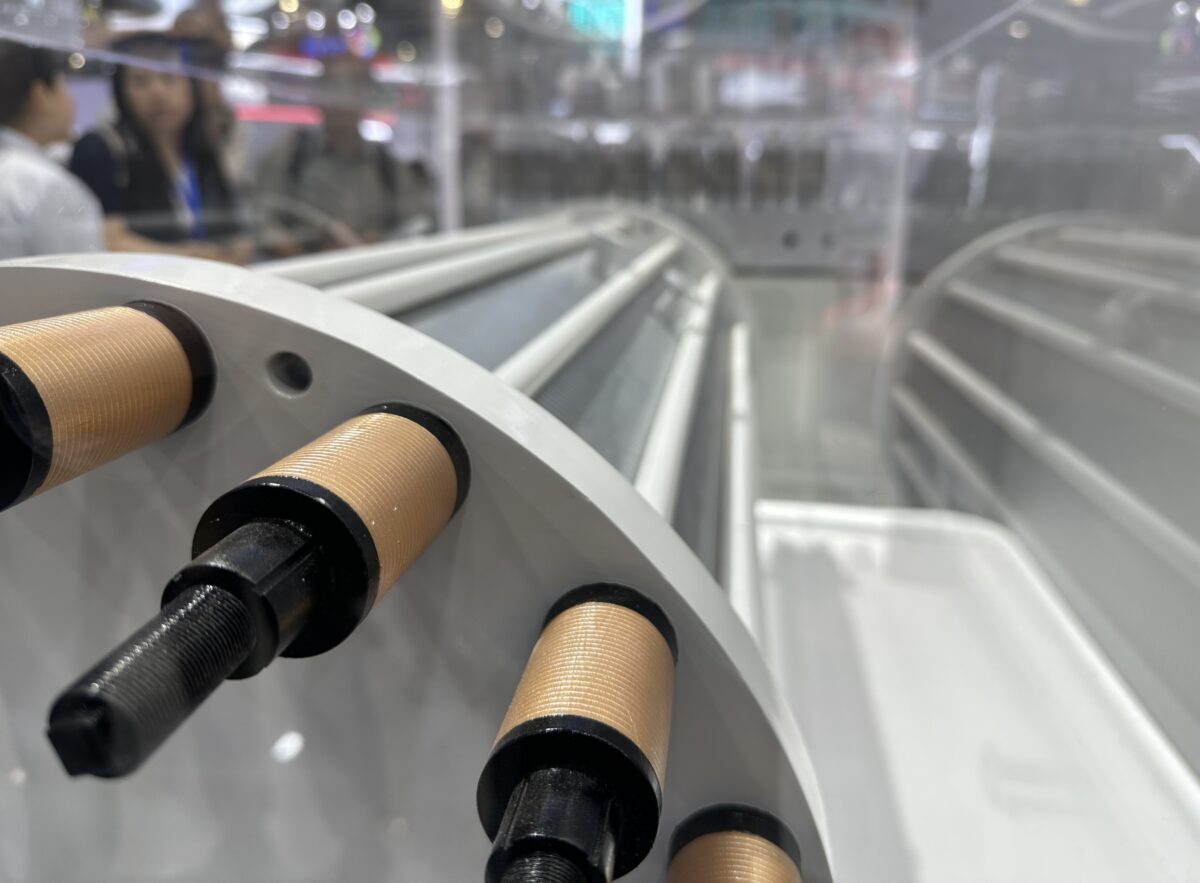
Image: pv magazine
European researchers have concluded that relying on simulated data instead of measured data can underestimate hydrogen production costs by 36% for users requiring a constant supply, with average underestimations of around 20% being most severe in cloudy climates. “The difference is higher in cloudy climates because, at the time of the publication, open-source simulation tools using satellite data have some difficulties estimating solar PV power production when there is a cloud cover,” researcher Nicolas Jean Bernard Campion told pv magazine. “That can be due to the lower time resolution of satellite reanalysis dataset but also due to inherent errors coming from inaccurate cloud modeling in these data sets.” The researchers said in a new report in Renewable and Sustainable Energy Reviews that their optimization techno-economic model estimates e-fuel production costs by factoring in optimal investment and hourly system operations. It aims to enhance green hydrogen assessments by addressing discrepancies between simulated and measured solar power profiles. The team has also launched an open-source collaborative repository to share measured renewable power profiles and provide tools for time series analysis and green hydrogen techno-economic assessments. Campion said the tool and data will enhance prefeasibility studies and location screening.
The South Korean government said it has selected the city of Gyeongju for a 107.9 MW hydrogen project, estimated to cost KRW 771.6 billion ($552.8 million). Construction will begin in March 2024, with completion set for March 2028. The government said that the “Gyeongbuk Gyeongju Gangdong Hydrogen Fuel Cell Power Plant” will produce hydrogen from natural gas reforming and supply electricity to a nearby industrial complex.
Samsung C&T has partnered with Korea Southeast Power and the Chungnam regional government to develop a hydrogen hub in Dangjin, South Korea, according to local media reports. The project will include a 900 MW hydrogen fuel cell power plant, a 300 MW BESS, and a data center. The power plant will use clean hydrogen from the Dangjin Songsan Terminal to generate carbon-free electricity, which will supply nearby data centers and industrial complexes. The total project cost for the Dangjin Green Energy Hub is reportedly KRW 4.5 trillion.
Topsoe has partnered with Aramco under a joint development agreement to produce blue hydrogen at Aramco’s Shaybah NGL recovery plant in Saudi Arabia. The collaboration will use Aramco’s palladium-alloy membrane technology to produce low-carbon hydrogen while capturing CO2, according to a statement from Denmark-based Topsoe.